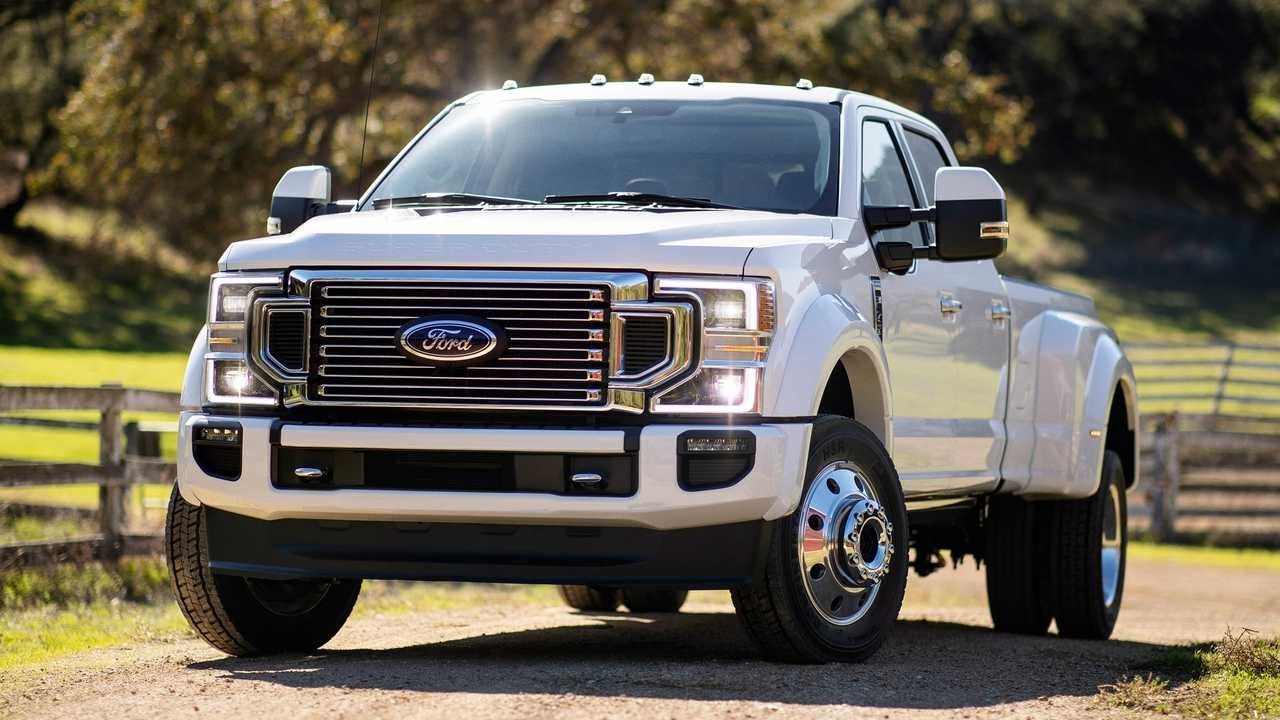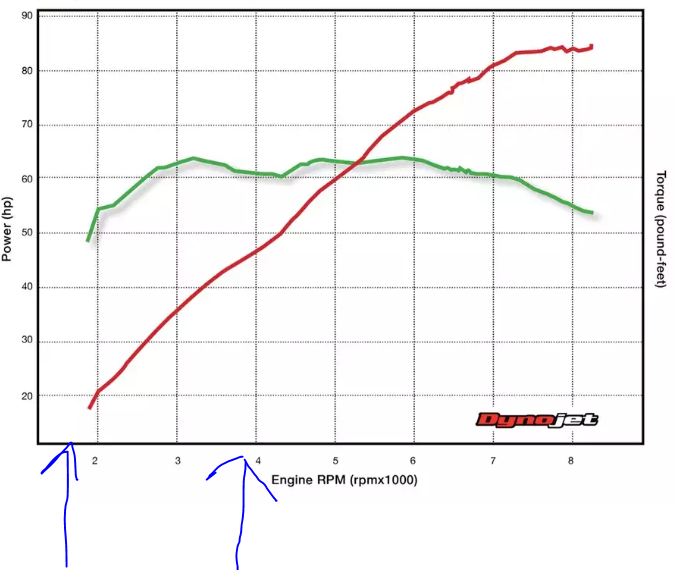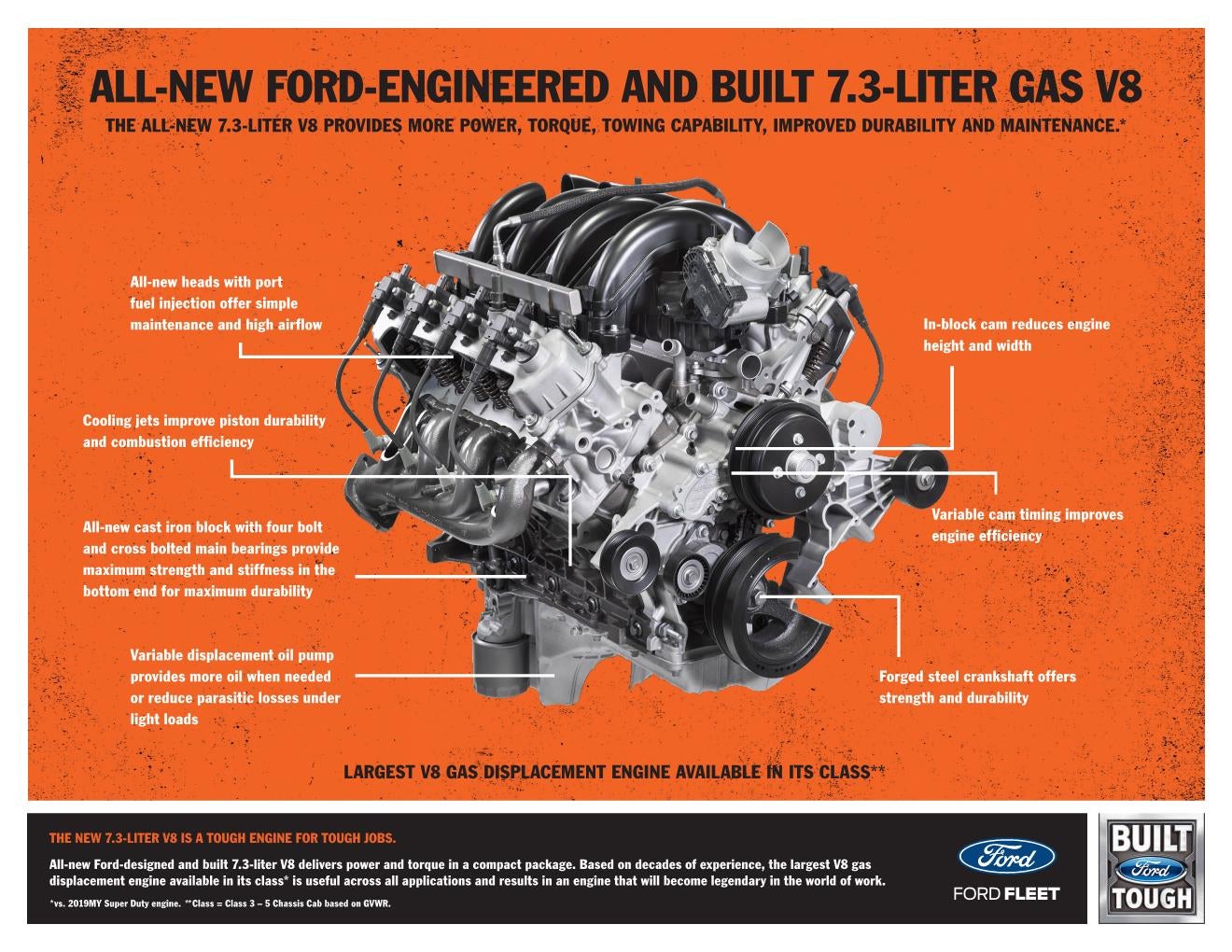 "Jordan and the Slowrunner, Boomer Intensifies" (jordanwphillips)
"Jordan and the Slowrunner, Boomer Intensifies" (jordanwphillips)
02/05/2019 at 08:36 • Filed to: None
 1
1
 34
34
 "Jordan and the Slowrunner, Boomer Intensifies" (jordanwphillips)
"Jordan and the Slowrunner, Boomer Intensifies" (jordanwphillips)
02/05/2019 at 08:36 • Filed to: None |  1 1
|  34 34 |
Everything gets a 10 speed.

!!! UNKNOWN CONTENT TYPE !!!
BahamaTodd posted the engine in the comment.
 Arch Duke Maxyenko, Shit Talk Extraordinaire
> Jordan and the Slowrunner, Boomer Intensifies
Arch Duke Maxyenko, Shit Talk Extraordinaire
> Jordan and the Slowrunner, Boomer Intensifies
02/05/2019 at 08:41 |
|
That’s going to be a popular swap engine.
 Dash-doorhandle-6 cyl none the richer
> Jordan and the Slowrunner, Boomer Intensifies
Dash-doorhandle-6 cyl none the richer
> Jordan and the Slowrunner, Boomer Intensifies
02/05/2019 at 08:42 |
|
What is this “pushrod” you speak of mr Ford?
 Spanfeller is a twat
> Jordan and the Slowrunner, Boomer Intensifies
Spanfeller is a twat
> Jordan and the Slowrunner, Boomer Intensifies
02/05/2019 at 08:44 |
|
Why.
 I like cars: Jim Spanfeller is one ugly motherfucker
> Jordan and the Slowrunner, Boomer Intensifies
I like cars: Jim Spanfeller is one ugly motherfucker
> Jordan and the Slowrunner, Boomer Intensifies
02/05/2019 at 08:44 |
|
Absolute UNIT
 Spanfeller is a twat
> Arch Duke Maxyenko, Shit Talk Extraordinaire
Spanfeller is a twat
> Arch Duke Maxyenko, Shit Talk Extraordinaire
02/05/2019 at 08:45 |
|
It’s an iron block yuge engine
, that thing is so heavy and large
I can hardly think of any useful purpose for.
 nafsucof
> Spanfeller is a twat
nafsucof
> Spanfeller is a twat
02/05/2019 at 08:46 |
|
cng and ethanol applications like small busses and the like.
 Discerning
> Jordan and the Slowrunner, Boomer Intensifies
Discerning
> Jordan and the Slowrunner, Boomer Intensifies
02/05/2019 at 08:48 |
|
Wow... I really didn't see that one coming.
 Dash-doorhandle-6 cyl none the richer
> Arch Duke Maxyenko, Shit Talk Extraordinaire
Dash-doorhandle-6 cyl none the richer
> Arch Duke Maxyenko, Shit Talk Extraordinaire
02/05/2019 at 08:51 |
|
it’s probably smaller than a coyote.
 jimz
> Spanfeller is a twat
jimz
> Spanfeller is a twat
02/05/2019 at 09:05 |
|
iron isn’t as big a weight penalty as it used to be. I’m not sure if this is a compacted-graphite iron (CGI) block but if it is you can get some impressively thin wall castings out of it. It was good enough for the Ecoboost 1.0 3-banger and the 2.7 Ecoboost V6.
 jimz
> Dash-doorhandle-6 cyl none the richer
jimz
> Dash-doorhandle-6 cyl none the richer
02/05/2019 at 09:06 |
|
Pushrod= Perfectly adequate for a lower-revving truck engine.
 Dash-doorhandle-6 cyl none the richer
> jimz
Dash-doorhandle-6 cyl none the richer
> jimz
02/05/2019 at 09:08 |
|
kind of surprising since ford ditched the pushrod 20 years ago. Grunty simple engines in trucks are a good thing.
 jimz
> Dash-doorhandle-6 cyl none the richer
jimz
> Dash-doorhandle-6 cyl none the richer
02/05/2019 at 09:16 |
|
I think GM has shown the entire industry two things:
1) pushrods are not a handicap if you know your application
2) larger displacement does not automatically mean poor fuel economy.
I just pulled a random dyno chart from google images to make a point. The vast majority of driving most users do is with the engine operating in the range between the two blue arrows:

lower-revving engines work fantastic here. for a truck application, it’s perfect (consider the fact that diesels usually redline below 4,000 rpm.) A peaky, high revving engine is great if you want hp/l, but it’ll be absolute shit when operating below its powerband.
plus, for every day driving (not just in trucks) that kind of “flat” torque curve is desirable. a relatively flat torque curve means horsepower increases proportionally with engine RPM which gives better driveability. Peaky engines are like “nothing, nothing, nothing, HERE’S ALL THE HORSEPOWERS NOW!”
 Arch Duke Maxyenko, Shit Talk Extraordinaire
> Spanfeller is a twat
Arch Duke Maxyenko, Shit Talk Extraordinaire
> Spanfeller is a twat
02/05/2019 at 09:21 |
|
Iron blocks take boost better than aluminum. Also having a forged crank helps tremendously
 Jordan and the Slowrunner, Boomer Intensifies
> Spanfeller is a twat
Jordan and the Slowrunner, Boomer Intensifies
> Spanfeller is a twat
02/05/2019 at 09:25 |
|
Because fleet maintenance.
 Spanfeller is a twat
> Arch Duke Maxyenko, Shit Talk Extraordinaire
Spanfeller is a twat
> Arch Duke Maxyenko, Shit Talk Extraordinaire
02/05/2019 at 09:26 |
|
The forge crank is a sign that this engine is gonna be boosted at some point... but from factory isn't it gonna be N/A?
 Jordan and the Slowrunner, Boomer Intensifies
> jimz
Jordan and the Slowrunner, Boomer Intensifies
> jimz
02/05/2019 at 09:26 |
|
I believe the Powerstroke uses the same material.
 Spanfeller is a twat
> jimz
Spanfeller is a twat
> jimz
02/05/2019 at 09:26 |
|
You say that, but what I hear is that this engine is gonna be boosted?
 BahamaTodd
> jimz
BahamaTodd
> jimz
02/05/2019 at 09:33 |
|
The press release says its cast iron.
 BahamaTodd
> Jordan and the Slowrunner, Boomer Intensifies
BahamaTodd
> Jordan and the Slowrunner, Boomer Intensifies
02/05/2019 at 09:34 |
|

 Arch Duke Maxyenko, Shit Talk Extraordinaire
> Spanfeller is a twat
Arch Duke Maxyenko, Shit Talk Extraordinaire
> Spanfeller is a twat
02/05/2019 at 09:49 |
|
It probably wont be boosted from the factory, but the aftermarket will be all over it.
 Spanfeller is a twat
> jimz
Spanfeller is a twat
> jimz
02/05/2019 at 10:03 |
|
I guess that if you were to mod it for CNG it would be a beast of an engine... but when you go up to such high displacements and heavy duty applications, shouldn’t you really be looking at an I
6?
 jimz
> Spanfeller is a twat
jimz
> Spanfeller is a twat
02/05/2019 at 10:14 |
|
No, not really. There’s nothing about an I6 that makes it inherently “better.” Heavy trucking settled on I6s for packaging reasons (engine can sit lower between the frame rails) and you can do a rebuild without removing the engine.
 AMGtech - now with more recalls!
> Jordan and the Slowrunner, Boomer Intensifies
AMGtech - now with more recalls!
> Jordan and the Slowrunner, Boomer Intensifies
02/05/2019 at 10:17 |
|
Based on the tech specs... Looks like Ford just brought back the Chevy 454!
 BahamaTodd
> Arch Duke Maxyenko, Shit Talk Extraordinaire
BahamaTodd
> Arch Duke Maxyenko, Shit Talk Extraordinaire
02/05/2019 at 10:20 |
|
They also used designs adapted for turbocharging like the piston rings and valves.
About 9 mins for that discussion
 Highlander-Datsuns are Forever
> Jordan and the Slowrunner, Boomer Intensifies
Highlander-Datsuns are Forever
> Jordan and the Slowrunner, Boomer Intensifies
02/05/2019 at 10:23 |
|
A 7.3L (445 CI) does not fit my ford knowledge of 400, 427,
428, 429, 460 and so on... Oh well. Should be great at swigging dino juice.
 ITA97, now with more Jag @ opposite-lock.com
> Spanfeller is a twat
ITA97, now with more Jag @ opposite-lock.com
> Spanfeller is a twat
02/05/2019 at 10:23 |
|
The class C RV market is still primarily built on big displacement gas engines, as is the rental box truck market. Ford will sell a bunch of cutaway chassis with this engine to RV manufactures and up f itt ers that build U-haul type trucks. If it has iron heads, then it has potential for the marine market also. I would expect most sales of this engine won’t be in consumer pickups.
 Arch Duke Maxyenko, Shit Talk Extraordinaire
> BahamaTodd
Arch Duke Maxyenko, Shit Talk Extraordinaire
> BahamaTodd
02/05/2019 at 10:24 |
|
4 bolt mains with cross bolts. Me gusta.
 Jordan and the Slowrunner, Boomer Intensifies
> Highlander-Datsuns are Forever
Jordan and the Slowrunner, Boomer Intensifies
> Highlander-Datsuns are Forever
02/05/2019 at 10:28 |
|
Wasn’t the IDI a 445?
 Highlander-Datsuns are Forever
> Jordan and the Slowrunner, Boomer Intensifies
Highlander-Datsuns are Forever
> Jordan and the Slowrunner, Boomer Intensifies
02/05/2019 at 10:31 |
|
The only number arrangement I can think of is 454 but that’s a GM.
The 445 is the name of a ford tractor tho, was that intentional?
 Pickup_man
> Highlander-Datsuns are Forever
Pickup_man
> Highlander-Datsuns are Forever
02/05/2019 at 10:56 |
|
They’ve had two different 7.3L diesels, but not a 7.3L gas as far as I’m aware.
 Smallbear wants a modern Syclone, local Maple Leafs spammer
> Jordan and the Slowrunner, Boomer Intensifies
Smallbear wants a modern Syclone, local Maple Leafs spammer
> Jordan and the Slowrunner, Boomer Intensifies
02/05/2019 at 11:01 |
|
So the latest thing is bringing back big gassers with the same displacements as that company’s diesels? GM announced a 6.6 for it’s 4500+ trucks a little bit ago, now Ford with a 7.3L... time to bring back the Magnum 5.9L?
(yes i know the
7.3 p
owers
troke was killed long ago shut up
)
 Smallbear wants a modern Syclone, local Maple Leafs spammer
> AMGtech - now with more recalls!
Smallbear wants a modern Syclone, local Maple Leafs spammer
> AMGtech - now with more recalls!
02/05/2019 at 11:04 |
|
Could do a lot worse
 jimz
> Jordan and the Slowrunner, Boomer Intensifies
jimz
> Jordan and the Slowrunner, Boomer Intensifies
02/06/2019 at 07:35 |
|
444. The displacement stayed the same for what became the 1994 Powerstroke 7.3; Navistar’s name for the engine was the T444e.
 Tristan
> Spanfeller is a twat
Tristan
> Spanfeller is a twat
02/08/2019 at 03:13 |
|
Because diesel trucks are a false economy.